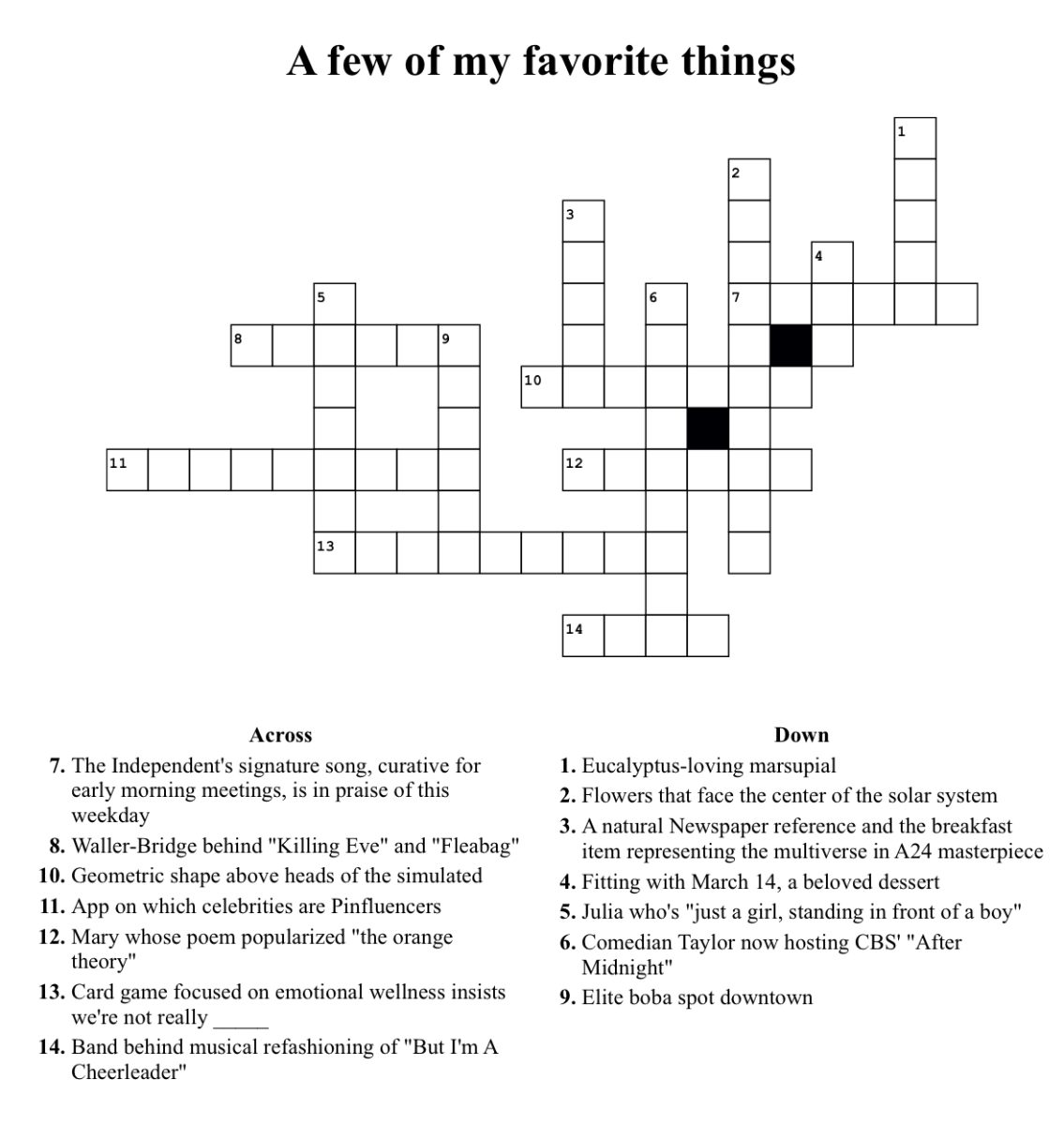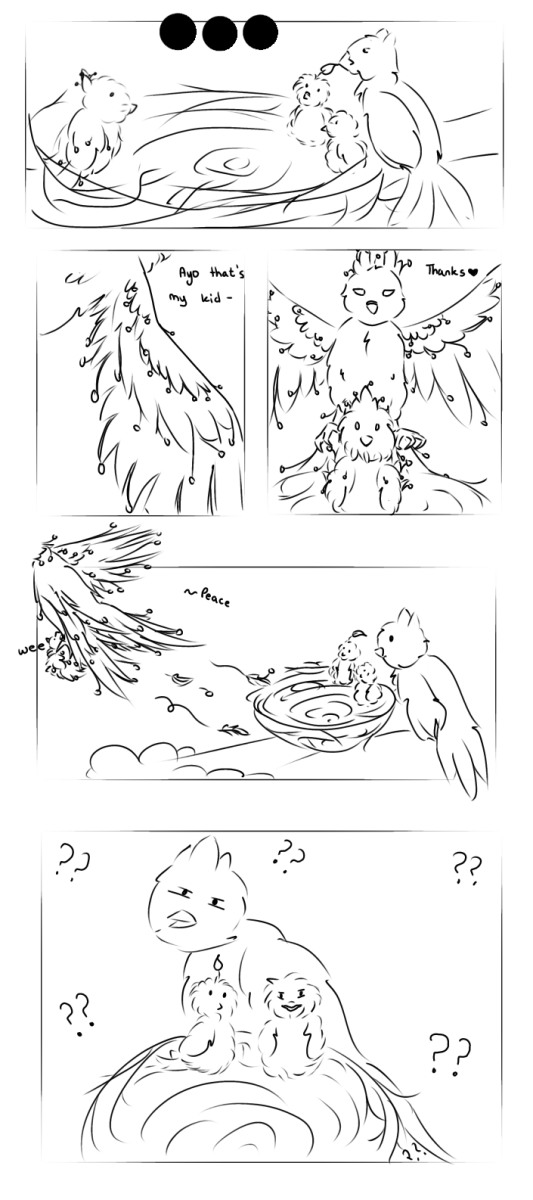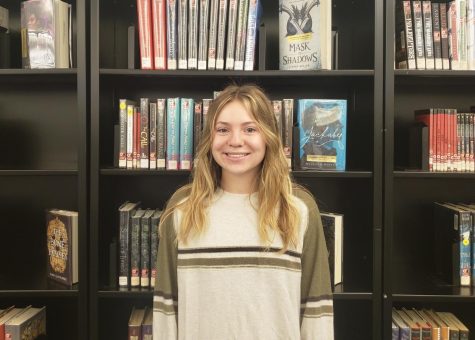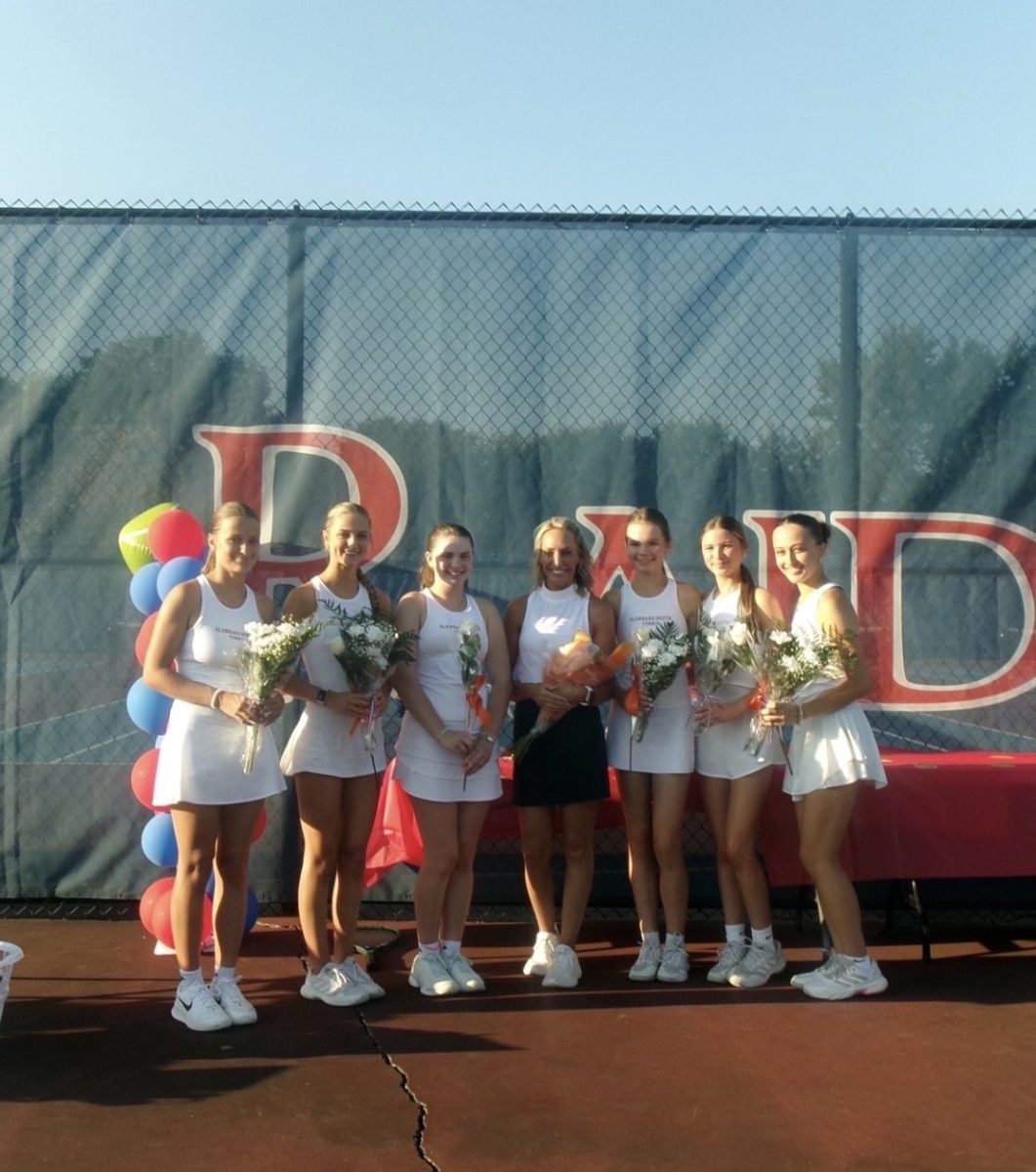Nonfiction Books to Help Quench Curiosity and Improve Aptitude
February 3, 2023
Let’s be honest. Sometimes academic classes are a drag. It can be hard to understand the relevance of what a proton is or does, and remembering the tedious dates of every major historical event seems like information overload. Students may just wish that there was some way to make the information relevant; to turn it into something that one has an interest in learning.
Other times, a person may be completely enthralled by what they’re learning in class and can’t wait to quench their intellectual curiosity with even more knowledge! One may want to go beyond the surface-level information that their teacher is able to cover.
Whether one is bored by the content or fascinated by where it could lead them, reading nonfiction books can not only help connect the reader to the topic on a more personal level, therefore making the information seem more interesting and worthwhile, but also go further into topics that have yet to be explored in class.
Here are some book recommendations for some academic classes to help students study, get more interested in the topic and expand their knowledge.
AP Human Geography
Guns, Germs, and Steel: The Fate of Human Societies by Jared Diamond
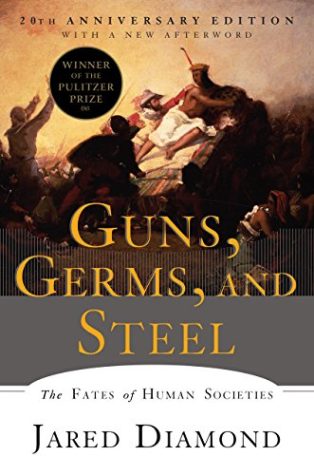
This book focuses on how geographical and environmental factors such as disease, the emergence of agriculture, climate, natural resources and more have shaped civilization. Starting at the beginning of the human race, Diamond disproves racially biased theories revolving around the current 1st and 3rd world countries of the day.
AP Biology/Biology
The End of Genetics: Designing Humanity’s DNA by David Goldstein
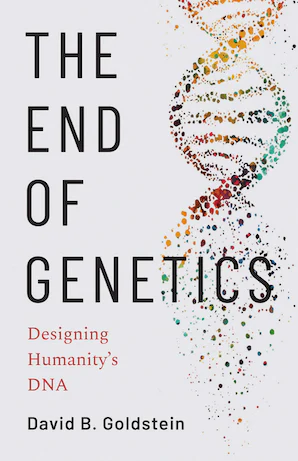
With lots of talk of “designer babies” in the news, this book breaks down the history of genetics as well as how far genetic engineering has come in terms of human reproduction and disease prevention.
The Short History of Nearly Everything by Bill Bryson
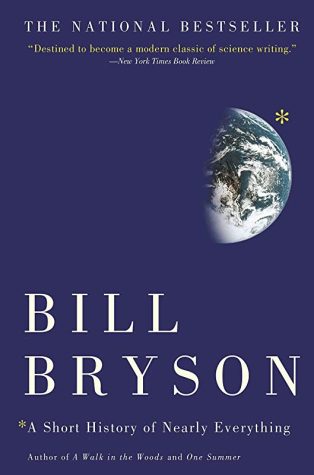
Starting with the Big Bang, Bill Bryson travels through the history of the planet from the formation of organic substances to the rise of life on Earth, through major scientific discoveries, all the way to modern-day science and human society!
AP Physics/ Physics
Astrophysics for People in a Hurry by Neil de Grasse Tyson
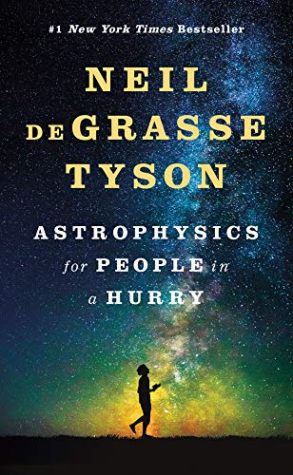
Neil de Grasse Tyson asks big questions about the universe and how humans fit into it to open our minds to the cosmos and all its vast potential. He shows how little people truly know about the universe they live in, while teaching the basics about things people do know about such as black holes, quantum mechanics, planets and the Big Bang.
Brief Answers to Big Questions by Stephen Hawking
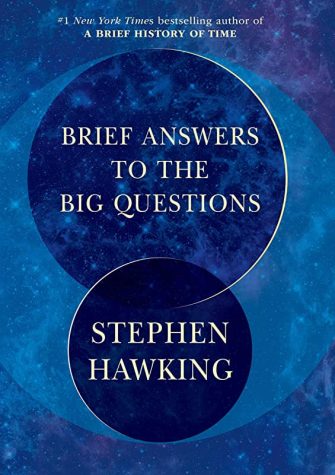
World-renowned scientist Stephen Hawking works to answer the universe’s questions surrounding topics of the largely unknown: including cosmology, radiation, time travel and religion. He tempts the reader into opening their minds to the great mysteries of the world through a scientific and physics-orientated angle.
AP Chemistry/ Chemistry
The Disappearing Spoon: And Other True Tales of Madness, Love, and the History of the World from the Periodic Table of the Elements by Sam Kean
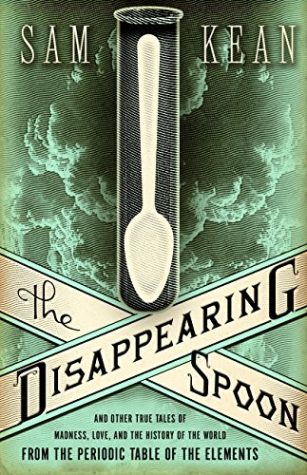
Sam Kean’s best-selling science nonfiction centers around entertaining stories about everything from chemicals and celebrities, to scientific processes and pranks! This book helps show how practical chemistry is in the world today, though many people overlook its significance!
World History
Sapiens: A Brief History of Humankind by Yuval Noah Harari
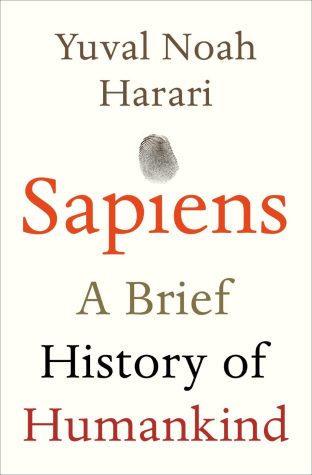
Yuba focuses on how biology and history have shaped evolution and humanity’s creation. He highlights both ancient and modern groups of humans to see how people have changed through thousands of years of existence.
The History of the Ancient World: From the Earliest Accounts to the Fall of Rome by Susan Wise Bauer
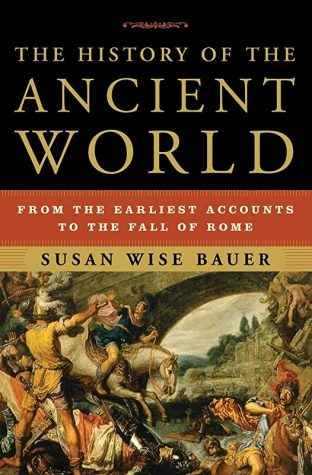
Illuminating the history of ancient societies, Susan Wise Baur highlights how ancient cultures have given way to what people know today. From the far corners of China and India to the expansive Roman Empire, the narrative sweeps across the old world continent, while accumulating knowledge from literature, letters, traditions and primary accounts.
AP U.S History/ United States History
How to Hide an Empire: A History of the Greater United States by Daniel Immerwahr
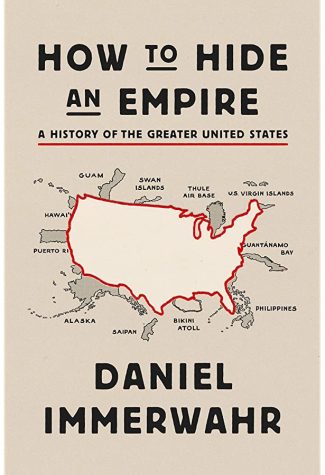
While many are familiar with the history of the continental United States, few recognize the empire that the United States has created around the world throughout history. Daniel Immerwahr creates a detailed account of the forgotten territories of the past and present United States such as Puerto Rico, the Philippines and Guam.
1776 by David McCullough
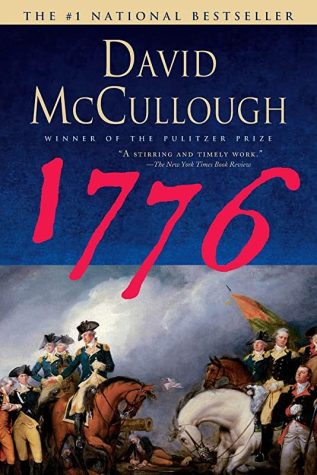
David McCullough’s book stars the forgotten stories of the ‘common men’ during the 13 colonies’ fight for independence amidst the birth of the United States. He also takes a detailed look at many familiar names such as the country’s first president, George Washington, both before and after the war that changed North America forever.
AP Psychology/ Psychology
Our Inner Ape: A Leading Primatologist Explains Why We Are Who We Are by Frans de Waal

What makes one act the way they do? Dr. Frank de Waal explores this idea by studying the psychology of humans’ closest ancestors, apes. From extensive research about chimpanzees and their ‘cousins’ bonobos, de Waal is able to explain our complex motivations and actions surrounding topics such as social grouping, sex and food.
Math
How Not to Be Wrong: The Power of Mathematical Thinking by Jordan Ellenberg
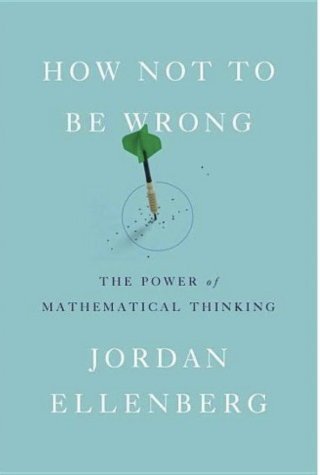
What and how students learn math in school is considered boring and tedious to many. However, Dr. Ellenberg explores how beyond confusing equations and complex numbers, math constantly affects our everyday lives, whether in economics, politics or sports! With this mindset, he teaches the reader how to look at math in a relatable fashion, in order to improve not only motivation, but also aptitude.
Fermat’s Enigma by Simon Singh
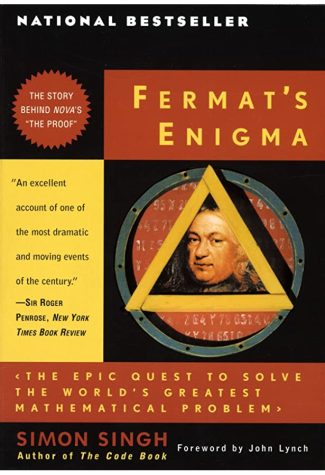
While sometimes math seems impossible and unsolvable, teachers show that there is always an answer out there. Or is there? This book focuses on a legendary equation known as ‘Fermat’s Last Theorem’ which took over 350 years for mathematicians to truly understand. Simon Singh tells the dazzling story about the individuals that dedicated their lives to its solution and how their efforts have changed the world of mathematics forever.
All images sources from Amazon.





















